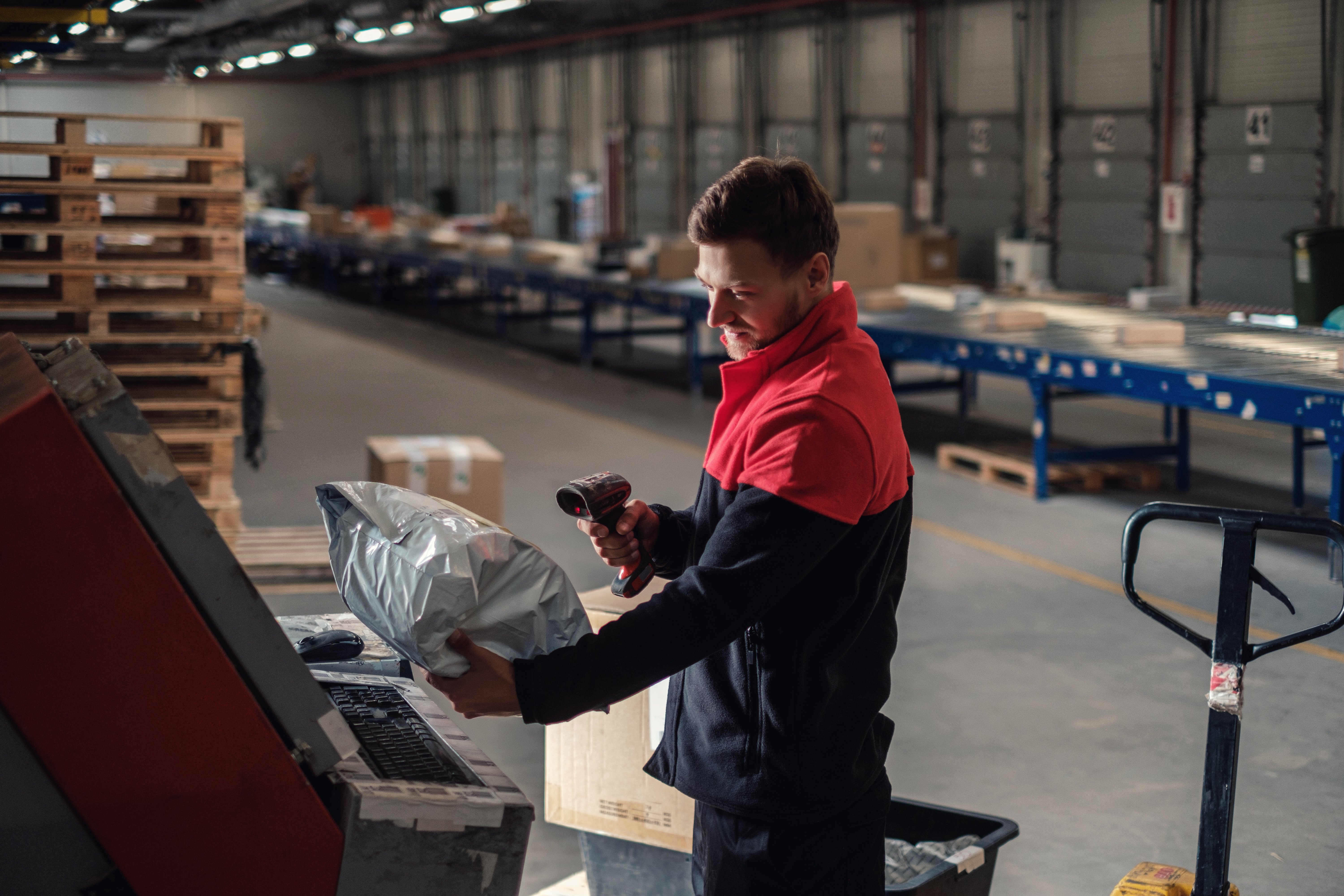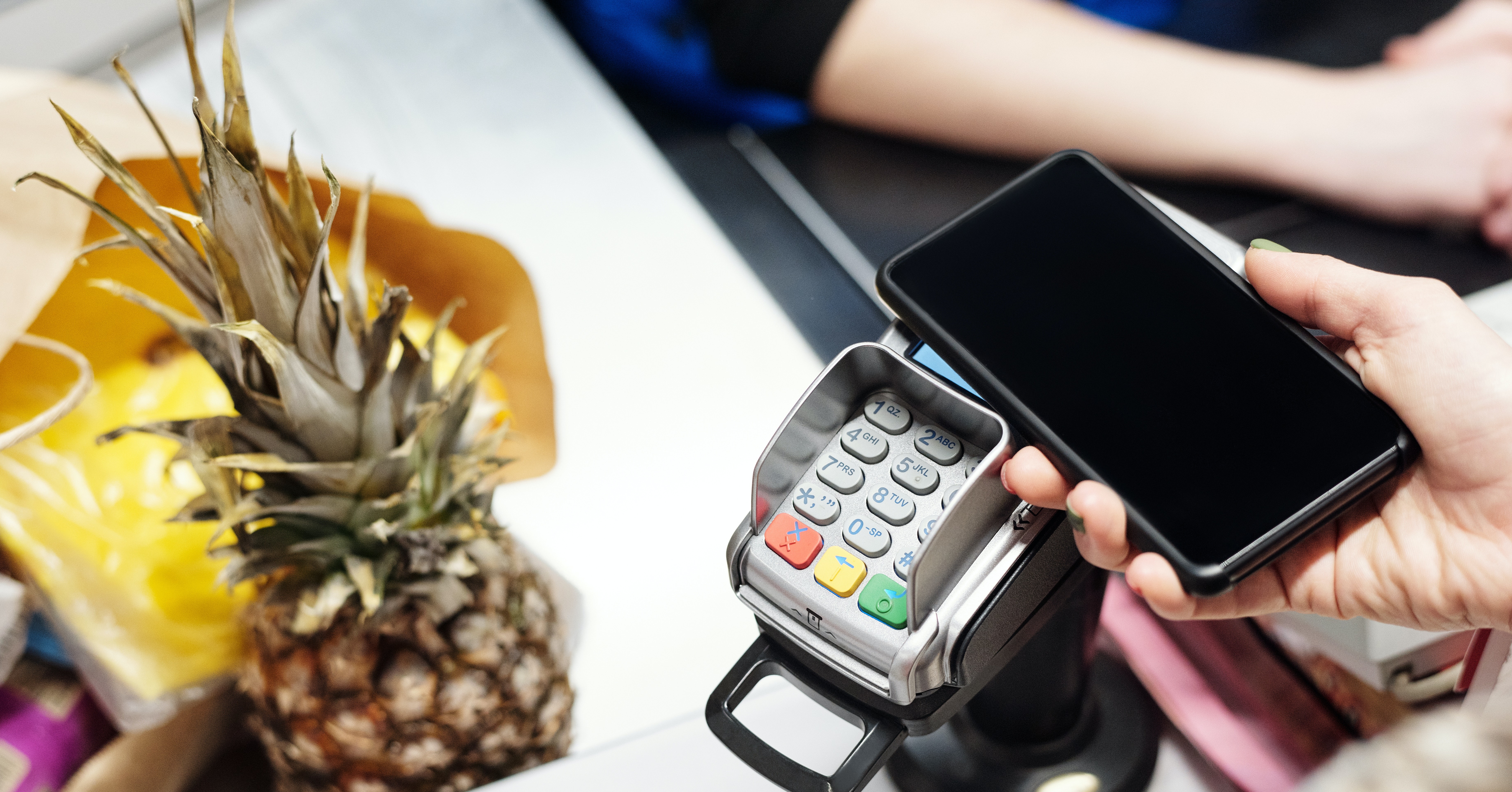Businesses across the e-commerce landscape have overcome more challenges in the past two years than in the previous two decades – and the pressure is certainly on. Not only have buying habits completely shifted but consumer expectations have become more exacting.
In 2022, digital technologies have started to make personalisation for both the consumer and retailer a real possibility – indeed a requirement of good customer service. But businesses must be savvy enough to maximise their potential in critical areas along the customer journey.
Here’s a breakdown of the five key e-commerce trends set to influence the retail landscape for many years to come.
1. Personalised marketing becomes a strategic priority
Today’s customers now expect companies of all sizes to recognise them as individuals and listen to their specific wants and desires as a standard level of service. For instance, there has been a 60% increase in UK consumers who feel frustrated with a brand whose personalisation initiatives don’t recognise their unique desires and needs.
That means offering a tailor-made service by using data to deliver one-to-one personalisation and incorporating the consumer into dialogues throughout the entire e-commerce experience is more important than ever – but don’t just take our word for it!
Enfamil, a baby formula milk company, is a perfect example of how an organisation can use data to increase both sales and the customer base. Initially, the company collects information about customers’ due dates or the ages of their babies and then uses the data to send personalised emails to customers. These emails include information that is uniquely relevant to their target customers, such as talking about the stage of development their baby is at.

2. Interactive assistance helps shoppers find their voice
As the customer desire for greater connections increases, AI is helping companies step up to the plate – and it appears customers welcome this digital move. A Voice Consumer Index 2021 study found that over a third of consumers across the US, UK and Germany are daily users of voice assistance and access the technology across multiple channels and locations, with a majority using voice to search, consume and shop.
If e-commerce businesses want to meet these new customer expectations in 2022, AI tools will need to become a key area for investment. For instance, virtual assistants or chatbots could be incorporated into customer service teams to help customers choose products and answer questions, providing customer service representatives with more time to focus on complex queries.
3. Consistency is key as more shoppers go mobile
As demand for online shopping reaches a new high, now is the time for businesses to ensure their online experience lives up to customer expectations. With a recent Klarna report finding that 67% of people in the UK now shop more often on their mobile devices compared to two years ago, businesses must now ensure their websites have good interfaces on both computer and mobile. If a company can’t support this, then they risk shopping cart abandonment and even loss of customers.

In 2022, e-commerce businesses will need to encourage their customers on their buyer’s journey. A Content Management System (CMS) can make this a reality by helping businesses ensure their web content reaches target audiences in search engines. Data unified and stored in a CMS can also help businesses use what they know about their customers to better predict what they might be looking for.
If a company achieves this, they will be able to create an optimised e-commerce website that provides a consistent streamlined shopping experience across multiple devices and channels, is user friendly and also satisfies customer expectations.
4. 'Tap and go' transactions bring a welcome shakeup to the payment ecosystem
The creation of Apple and Google Pay has triggered a shift in the entire payment ecosystem and customers now expect ease of payment wherever they go. PayPal transactions for instance, have 70% higher checkout rates than non-PayPal transactions – such as via debit or credit card – because it’s so much straightforward and quicker for customers to buy.
In the post-COVID environment, the already growing adoption of contactless payment will increase as contactless becomes more popular than handling physical money. Businesses should look to offer a wide range of payment options that suit their customers’ varying needs to take advantage of the popularity of frictionless payment.

5. It's time to move beyond greenwashing as eco-consumerism is here to stay
The rise of the ethical consumer has certainly continued into 2022 – at present, 36% of consumers are often or always choosing brands with good sustainability credentials. Research by Columbus also suggested that the UK national lockdown in March 2020 accelerated this trend, with the number of people who want to buy more ethically rising by 6%.
In short, brands that are making genuine efforts to become eco-friendlier will improve buying decisions and increase customer loyalty. 4ocean for example, uses eco-friendly packaging and has made adopting ethical practices a fundamental part of their business model. They match every purchase of a product with the removal of waste from the ocean. But the sustainable progress shouldn’t stop there!
Brands that aren’t already incorporating sustainability elements into their business models should consider how they can make changes. Biodegradable packaging, conserving energy and sourcing products from fair-trade organisations are good examples of initiatives that businesses can adopt. But it is also important that e-commerce businesses communicate their ethics clearly to consumers who, now more than ever, care about what companies say and how they act.
Bridge the expectation gap in 2022
Empowered by technology, customers in 2022 may have some high expectations but it is nothing businesses can’t deliver on with the right e-commerce strategy. Supported by advanced technologies such as CMS and AI, companies can rewrite the e-commerce playbook and achieve excellent customer service time after time, no matter the touchpoint or platform!
Want to delve deeper into your e-commerce strategy? Download our checklist - 10 tips for successful technology adoption in e-commerce - by clicking on the button below.
